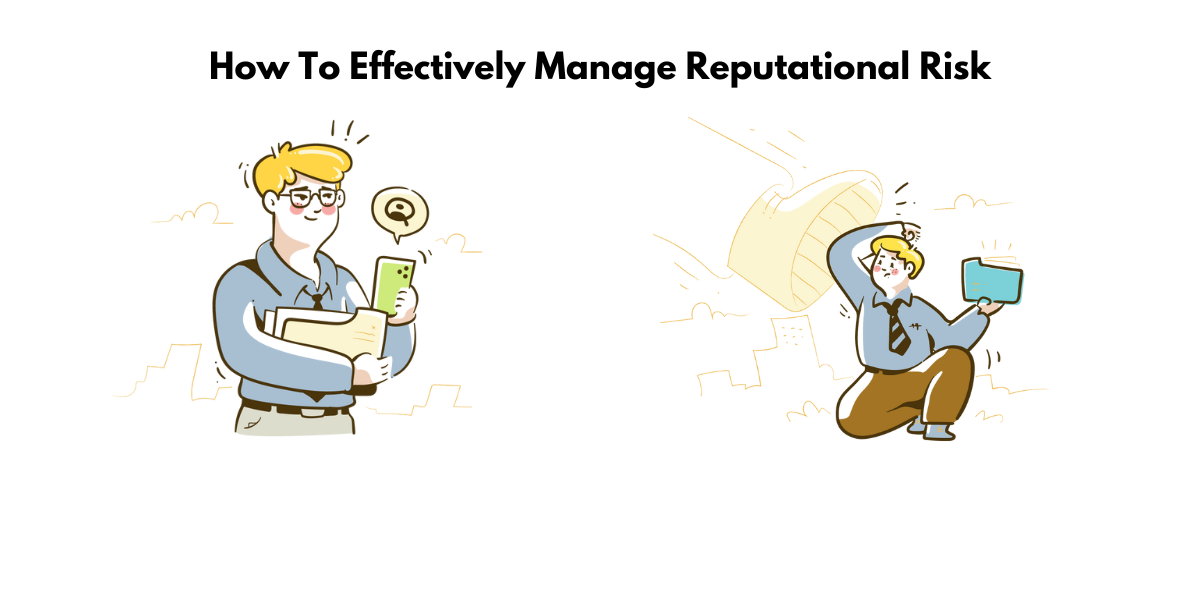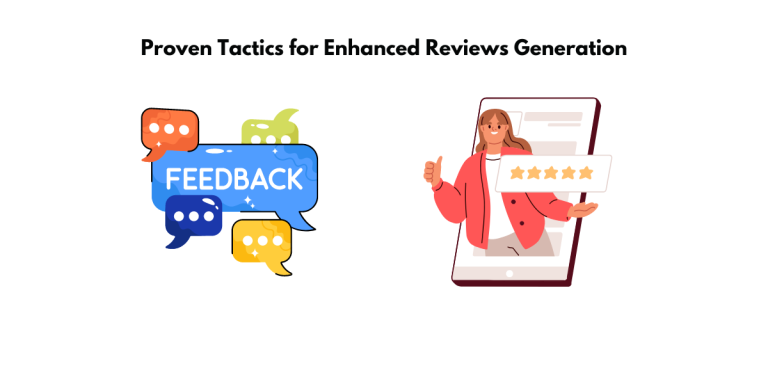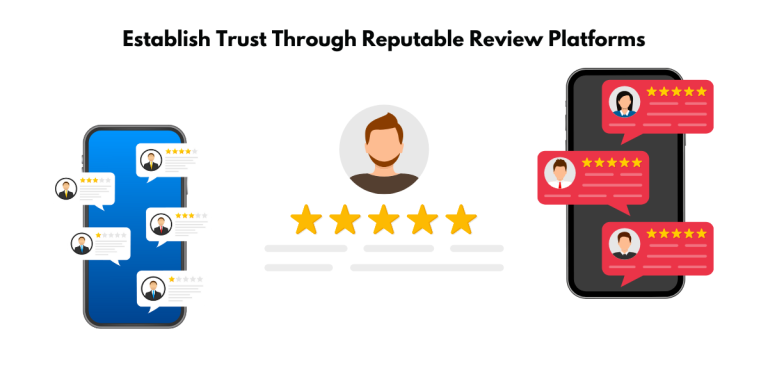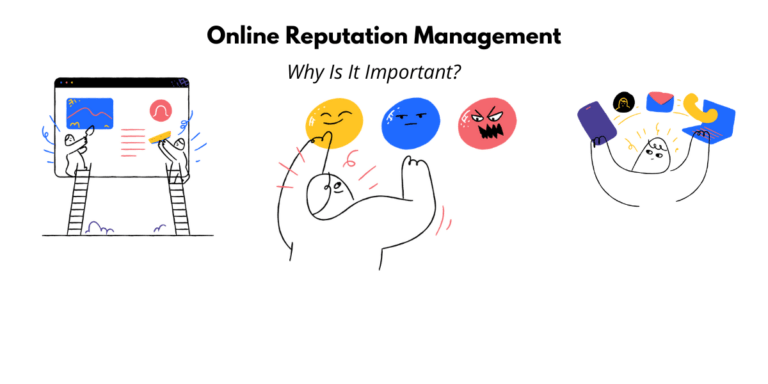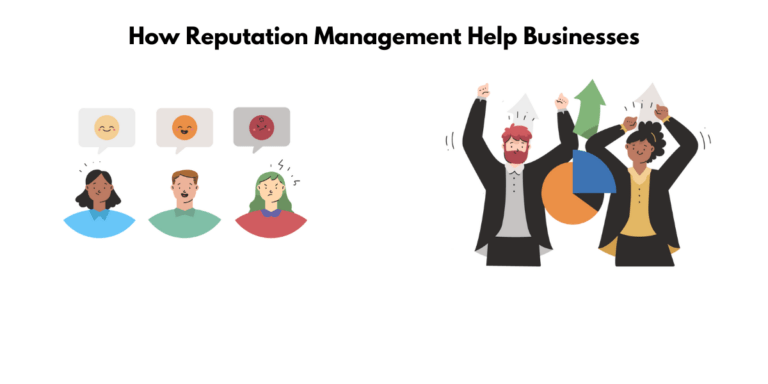Strategic Management Risk: How to effectively manage reputational risk
Reputational risk is the risk that something could negatively impact a company’s image and reputation in the market. This strategic risk can be caused by the company’s actions, such as poor governance or unethical practices. It can also be caused by other parties, such as joint venture partners or supply chains. When managed properly, reputational risk can be minimized.
When a company’s reputation is damaged, it can result in decreased revenue, failure to meet key business objectives, loss of market share, reduced shareholder value, or financial insolvency or bankruptcy. Reputational risk can happen suddenly and without warning and can have a significant impact on the company. All risks cause consumers to lose confidence in your business, impacting everything from employees’ trust to revenue generation. In today’s digital age, breaking news can quickly get reputational risk trending on social media, amplifying damage to the company’s reputation.
Who is responsible for reputational risk?
Reputational risk is the potential for outside entities to damage a company’s image, reputation, or brand. This risk can be caused by a competitor’s activity and your own. While the marketing and communications team may have the most visibility into reputational risks, other teams should also be aware of them and contribute to managing them. Contractors and vendors can also generate risks that are not known at the time of contract signing.
You should keep an open mind when managing reputational risk and consider many possible sources. There are general points to consider when creating a strategic management risk program, such as the following:
- The governance structure for managing reputational risk
- Who will be responsible for monitoring different types of media (online, print, broadcast)
- What method will be used to assess and track risks
How do you measure reputation risk?
Reputational risk is highly subjective, so segment your stakeholders into separate groups. Use a numeric scale or colors to determine each group’s danger level. You need to establish a baseline by doing an internal audit of your current reputation. You can use search engines like Google to determine the sentiment of your brand and increase awareness of any negative content associated with it. Reputation management services like our company can help you mitigate risk.
How is a reputational risk related to operational risk?
Reputational risk can arise from both inside and outside sources. For example, an organization’s employees could engage in illegal or unethical behavior that damages the company’s reputation. Alternatively, a competitor could launch a smear campaign against the organization.
A potential reputational risk is usually an operational risk, but not always. For example, an organization might be sued for product defects even if there was no operational failure.
Reputational risk is the risk of damage to an organization’s image or reputation. This can happen due to operational failures, such as data breaches or product recalls. Still, it can also be caused by non-operational incidents, such as ethical violations or natural disasters.
The risk, whether operational or otherwise, can be minimized by considering different angles and formulating a crisis response plan. By being prepared for potential reputational crises, organizations can reduce the chances of significant damage to their brand measurement and bottom line.
What is reputational risk management?
Reputational risk management identifies, assesses, and manages risks to an organization’s reputation. This includes both moral and financial risks. The goal is to protect the organization’s reputation at all times.
There are a few key players in reputation risk management: the Group Chief Risk Officer (CRIO) or a Chief Communications Officer is responsible for stewarding reputational risk, and the Group Reputational Risk Committee provides advice to senior management on these risks from both a moral and financial perspective. Additionally, governance committees help make recommendations and advise on customers/transactions and non-customers (e.g., third parties).
Management of reputational risk helps ensure that the group’s reputation is always protected. By identifying, assessing, and managing risks to its reputation, an organization can avoid any potential damage to its image or standing in the community.
Reputational risk factors
Many factors can contribute to a company’s reputation. Some of the most common include the quality of their products and services, how they treat their employees and clients, the environmental policies and practices, and their involvement in the community. The most recent applications of technologies and services have the potential to help risk managers by providing early warning signals about potential risks to a corporate reputation. Reputation management is an important factor in business, which requires constant monitoring and additional strategies to protect and improve a company’s image. Reputational risk can result from external factors as well as direct business actions. For example, a company might damage its reputation if it is revealed that it has been engaged in unethical or illegal activities.
There are many different ways to protect your business from reputational risk. One way is to use internal controls, like having an agency monitor social media for you and assessing risks before they become a problem. Another way to shield your business from reputation damage is by taking actionable steps to rebuild public trust, which McDonald’s did in the wake of the infamous lawsuit.
News coverage
A strong public relations team is needed to handle negative media coverage. When a company faces bad news, it can be difficult to control the narrative. In some cases, the story may spin out of control and negatively impact the organization’s reputation.
To mitigate these risks, it is important to have crisis management in place. This plan should outline how the company will respond to negative publicity. It should also identify key stakeholders involved in responding to the crisis.
The company’s reputation is the total of all its interactions with its consumers and stakeholders. Every decision employees make – from customer service representatives to senior executives – can impact the company’s reputation.
Therefore, companies should be aware of risk factors damaging their reputation. These risk factors can vary depending on the industry and competitive landscape. By understanding these factors, companies can take steps to improve their reputation and protect themselves from potential damage.
Leadership issues
Leaders with a strong and positive reputation can prevent risks to your company’s public image. However, when leadership issues arise, they can lead to reputational risk factors, such as CEO scandals or high-level executive scandals. These can damage the organization and may even lead to its demise.
Bad financial statements and CEO reputation issues pose a significant risk because they can lead to a company’s downfall. It is important for management to be proactive about the insurance for risk management of the company’s data retention failures can have serious consequences for an organization, so it is important for management to be proactive about
reputation risk insurance. Additionally, product recalls are a big threat since the damage can be extensive from lost sales or tarnished brand value when consumers question their safety and trustworthiness in notifying them of potential risks.
Social media presence
Social media is an important communication tool for companies. It can build relationships with consumers, promote products and services, and share news and information. However, social media can also have a reputational impact on a company’s reputation if used incorrectly. Company leaders have to consider their reputations when posting controversial comments online. For example, suppose a CEO posts something inflammatory or offensive. In that case, it could lead to a negative social media backlash and unsolicited brand mentions, with implications of an endorsement without them endorsing your company.
Data leaks
Data leaks can happen in some ways and pose a significant risk to companies. Leaking sensitive customer information like passwords or Social Security numbers can harm a company’s reputation. Furthermore, companies need to have safeguards to protect themselves from the reputational damage caused by leaking customer data.
Employees of financial institutions may handle some of the most sensitive personal information. A data breach can lead to a major loss of reputation and potentially tens of millions in losses, as was seen with HSBC’s recent data breach. Therefore, organizations need to protect their data and mitigate the risk of such breaches happening.
Business model
A company’s business model can lead to reputational risk. For example, a technology company selling its products at a premium price may be seen as less innovative than a competitor who sells the same product at a lower cost. In addition, if consumers feel they are paying too much for a product or service, they may take their business elsewhere.
The second key point is that “A company’s performance and pricing can affect its reputation in the eyes of the public sector.” For example, if a company announces layoffs, this could negatively impact its reputation because it would suggest that the company is not doing well financially. Additionally, if a company increases prices without justification, it may lose consumers.
The third key point is “Reputational risk factors from the media or financial institutions.” For example, if there are negative articles about a company in the media, this could damage its reputation. Additionally, if there are concerns about the solvency of a firm (for example, through rumors), this could also hurt its reputation.
The fourth key point is “Reputational risk increases when a company is sued.” This is because it suggests that the company has done something wrong and been negligent. It can hurt the company’s stock price, employees, and customers.
The fifth key point is “Reputational risk is the loss to financial capital, social capital, and operational capital.” For example, if a company experiences a data breach, this could lead to a loss of revenue as customers take their business elsewhere. Additionally, if there are concerns about the solvency of a firm (for example, through rumors), this could also hurt its reputation. This could lead to employees leaving the company, and it may be difficult to attract new talent.
The sixth key point is that “Reputational risk can be classified according to the type of damage that it causes.” For example, there is reputational damage from financial scandals such as Enron or WorldCom. There is also reputational damage from environmental incidents such as BP’s Deepwater Horizon oil spill. And finally, there is reputational damage from product recalls or safety issues such as those faced by Toyota in 2010-2011.
The seventh key point is that “Reputational risk factors can result from anything that causes damage to a company’s reputation.” For example, companies can experience an adverse event such as a natural disaster or a cyber attack. Additionally, firms can be involved in lawsuits or regulatory investigations.
The eighth and final key point is “A firm is often responsible for the reputational damage caused by an adverse event even if they are not directly responsible for it.” For example, if a company’s supplier has a data breach, the company may still experience negative consequences as customers may distrust the company. Additionally, if a company is associated with an unethical business practice (even if they are not directly involved), this could also hurt its reputation.
How do you respond to reputational risk?
Reputational risk is the potential for a company to lose the trust of its customers or the public. This can be caused by a single event, such as a data breach or product recall, or it can result from consumers taking on negative perceptions over time. When responding to a reputational crisis, it is important to acknowledge the bad press and provide examples of improvement. Additionally, when responding to negative feedback, highlight positives and explain a plan of action. Focusing on transparency and accountability will help to mitigate any compliance risk your company may face.
To properly manage reputational risk, a bank should have a formalized risk management plan. By doing so, the bank can identify and prioritize issues throughout the company. This will help the bank allocate time and resources more effectively toward what matters most.
Assess your reputational risk
It is imperative to assess a company’s reputation in multiple areas. A qualitative approach can be complemented by quantitative methods, which are objective and contextual. It is important to analyze the media and take into account stakeholders.
First, companies can use services that scan newspapers, magazines, TV shows, radio stations, and blogs to gather information about their company. These services can provide real-time information about media coverage but often miss stories that do not mention the company.
Second, these services work using computer algorithms; they are not always accurate because of the limits of these algorithms.
Thirdly, media intelligence tools analyze every line in a story and place the coverage of companies within the context. Clipping services are not enough to respond to reputational risk; strategic media intelligence is needed. Finally, The Media Tenor Institute for Media Analysis found that several factors contribute to a company’s reputation: volume and prominence of coverage, topics of interest, whether or not it is a positive or negative view, etcetera.
Establishing a positive reputation through the media depends on several factors, such as reaching a certain percentage (20%) of positive stories in leading media outlets. There are minimum numbers of stories and a percentage of positive or negative stories that each company must meet to maintain a positive or negative reputation, respectively. The number of neutral stories varies depending on industry and country, but not company size.
A small company’s reputation is more vulnerable than a large company, even if it has a strong core group of investor relations or customers. A small company’s reputation can be damaged by poor media coverage outside of earnings, the personality of the CEO, and other topics that are also covered more widely in positive ways. Finally, “share of voice” measures the percentage of leading-media stories mentioning the firm that quotes someone from the organization or cites data it has provided. In normal times, at least a 35% share of voice is needed to keep negative news stories in moderation, while a 50% share of voice is needed when a company is in crisis mode. A company can regain its relevancy with the press by focusing on its relationships and credibility. For example, Merck had a low profile and couldn’t defend its reputation; however, it was not as bad-mouthed by the media as other pharmaceuticals like Vioxx, which made it easier for Merck to maintain its reputation. Lastly, Merck earned a reputation for being slow to respond to risk. With Vioxx withdrawn, Merck saw its share of voice decrease.
Create a reputational risk management plan
When faced with a potential issue, it’s important to have a plan outlining the steps you will take. This is known as a reputational risk management plan.
Reputational plans define the risk management that should be created and executed in response to any potential problem. The main focus of this step is to decide which type of response will be most effective for your situation. There are infinite responses, and it’s impossible to offer specific recommendations because the scenario is different for every firm.
However, having a plan gives you a framework to work from and can help reduce short-term risk while restoring trust and positive search results over time.
Respond to negative feedback
When something negative happens to a company, it’s important to have a plan to respond. This includes having statements prepared by the public relations (PR) team. It’s also crucial to address any feedback directly, emphasizing the positives.
For a company to recover from negative events, it’s important to take action quickly. A study commissioned by Forrester Consulting found that improving search engine results could drive company revenue growth. Brand reputation can also be damaged if they make a questionable business decision. Events like mergers and acquisitions, as well as factory closures, can have negative effects on your brand’s reputation.
Monitor progress
To rebuild its reputation, a company must first monitor its progress. This can be done through various means, such as DevOps. By integrating development and operations teams, velocity can be improved, and mistakes are less likely to be repeated. Furthermore, responding to reputational risk is about keeping HR up-to-date and treating everyone fairly. In this way, the company demonstrates that it values its employees and takes responsibility for its past actions. Finally, being good at debriefing outgoing staff will help prevent future issues.
How do you mitigate reputational risk?
Reputation risk is the potential damage to a company’s reputation when something goes wrong. This can be due to different factors, such as poor customer service, environmental disasters, or unethical business practices. Mitigating this risk usually involves ensuring that your online presence aligns with your real-world accomplishments and that any negative stories about your company are pushed down in search engine results. You can also launch marketing campaigns designed to repair your company’s reputation. Additionally, many companies now engage in Corporate Social Responsibility (CSR) activities to provide transparency to the public and mitigate reputational risk.
Top-down company ethics
A company’s ethics program is one of the best tools for mitigating reputational risk. A company’s ethical values should be used to guide its practices and communications. When these values are lived out in an organization, it builds trust with customers, employees, and other stakeholders.
Reputation risk is one of the top concerns for small businesses. It can happen when companies have clear codes and policies to guide employee behavior or even through forgiveness if an individual acts out of line.
A Code of conduct helps employees behave ethically while at work, which can help mitigate reputational risk. If you’re dealing with overseas companies, make sure everyone knows about laws governing gift-giving in other countries. Reputation risk can cause much damage when it stems from ethical slips.
Continuous brand monitoring
Monitoring the conversation surrounding your brand is a way to understand how you’re viewed by potential customers and give you real-time information on how you compare to your competitors. It’s important to have a pulse on what people say about your company to identify a potential risk that could damage your reputation. Online reputation management (ORM) can also help combat negative mentions and dispel false information surrounding your brand.
The five steps of managing reputational risk include risk assessment of your company’s reputation among stakeholders, evaluating your company’s real character, closing the gaps between perceptions and reality, monitoring changing beliefs and expectations, and putting a senior executive in charge. The COSO framework is a system for measuring risk that identifies four key components: internal controls over financial reporting, security controls over an intangible asset; operational effectiveness; and human resource management practices. By understanding these factors, companies can develop strategies to mitigate any associated risks.
Stakeholder risk factors are identified to be able to mitigate the risks. For example, if a company relies heavily on one customer or group of customers, they are exposing themselves more so than others when it comes to reputational risk. Risk management processes are transformed for a more proactive approach instead of a reflexive one. This allows companies to be more responsive to events as they happen, rather than waiting for something bad to happen before taking action.
Auditing catalysts such as reputation monitoring technologies are important in identifying risks that could affect corporate reputations. These tools allow organizations to understand better how the public perceives them and make changes accordingly. The better your response, the less likely you will suffer a major blow to your reputation. Numerous factors can impact public opinion of a company, and it’s important to consider how the events in your case may change public perception on that topic.
Strong marketing and PR departments
A good marketing and PR department is essential for mitigating reputational risk. When a threat occurs, it’s important to have a team that can help your business explain what is happening to consumers. This involves creating crisis messaging that will help reduce the issue’s impact on your company’s reputation. Additionally, you should explain how your company manages reputational risk and provide evidence for this.

